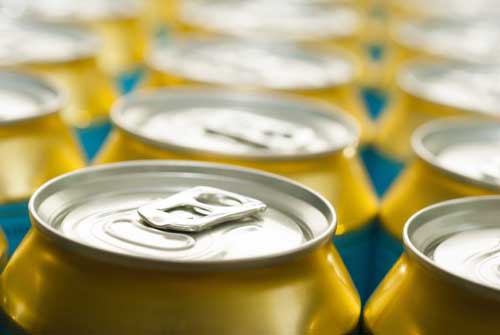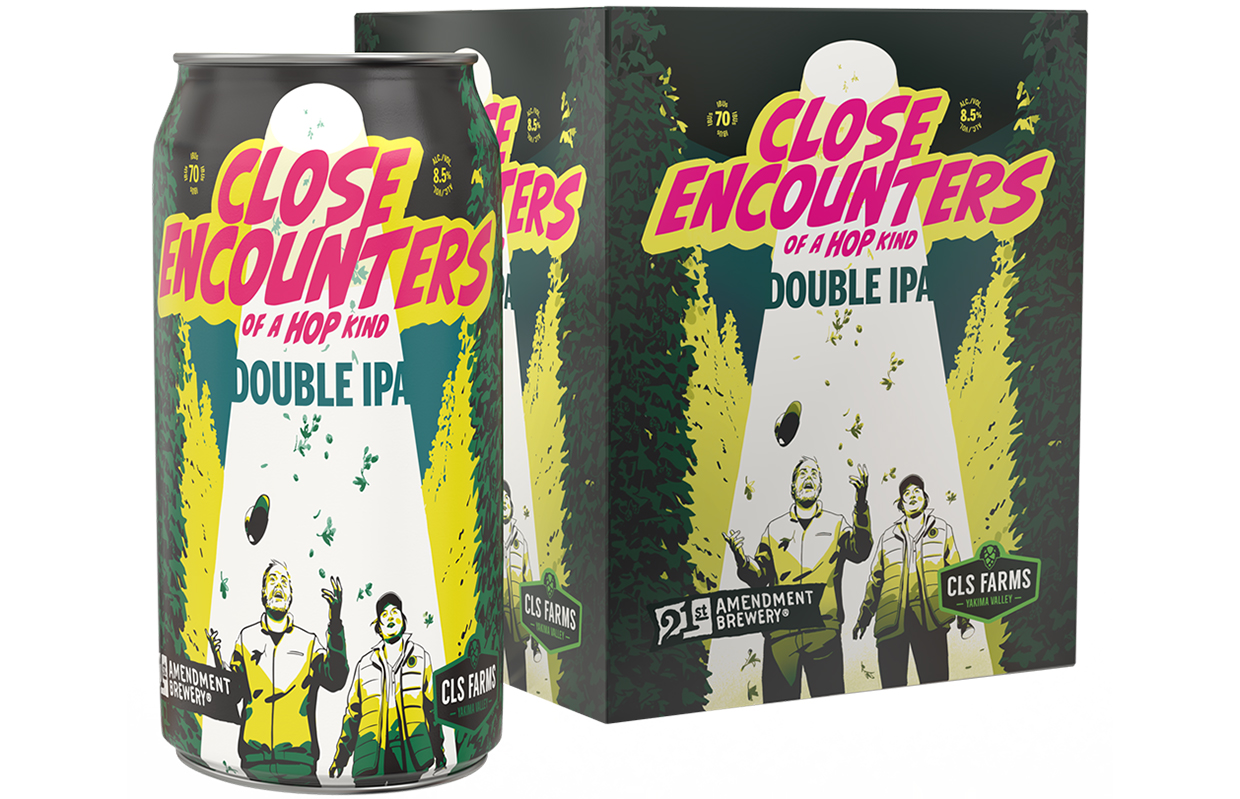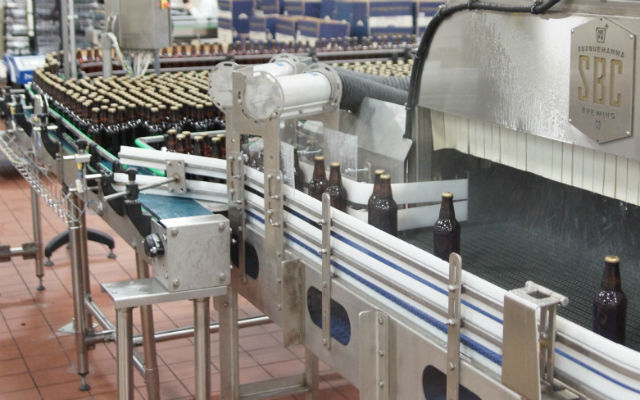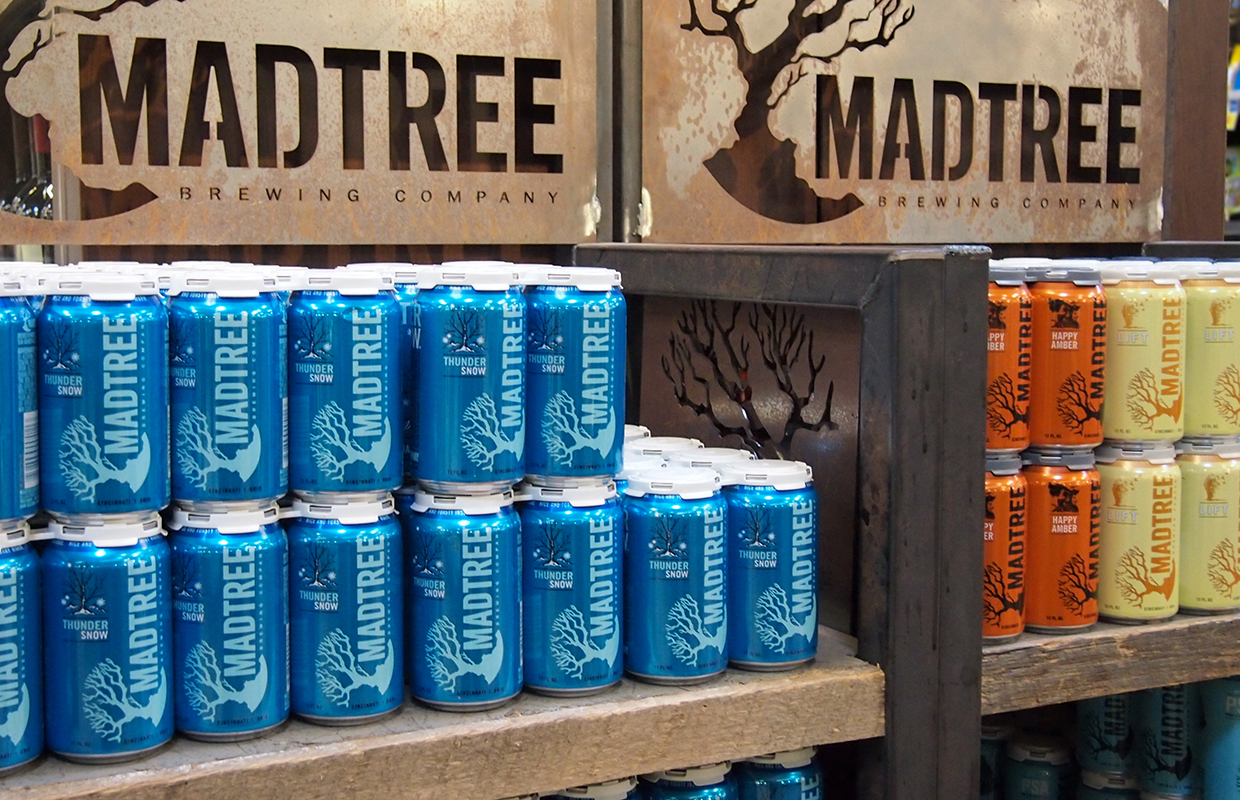
Beer in cans is not a new concept. Krueger’s introduced the first canned beer to market in 1935. The Gottfried Krueger Brewing Company in Newark, New Jersey had, like most regional breweries, been hit hard by prohibition.
American Can’s offered to build a canning line and to pay for the initial test batches convincing Krueger to submit its beer to the can test as a way to help lead them from the challenges of prohibition. In June of 1934, four cans of Krueger’s beer were delivered to 1,000 homes in the Richmond, Virginia area.
In addition to the beer was a questionnaire for consumers to populate. The results were more positive than anyone had anticipated. And so the beer can was born.
In January of 1935, there was only one company manufacturing cans for brewers — by the end of the calendar year, there were four. But, by May 31, 1934, canning beer for civilians had ceased, with breweries being allowed to push through their existing stock of cans before ceasing production.
In 1944, beer was being canned in olive drab cans for military use to support the war effort. Around the country 35 larger breweries were chosen to can beer for the military. By 1947, canned beer for consumers again began to appear in market. But, it wasn’t until 1958 that the American consumer saw their cans turn from steel to aluminum.
In 1962, the first pull-tab cans began testing for market. There was a shift of steel cans with aluminum ends shortly, but that didn’t last long.
In 1975 Falls City Brewing out of Louisville, Kentucky introduced the first cans with “StaTab” closures. We still see and use “StaTab” ends today.
We have recently started to see differences and new designs in ends, some designed to use less raw materials, making them easier and less expensive to ship for producers. With the exception of cone tops, the can body itself has not changed drastically since 1958 when cans transformed from steel to aluminum. Aluminum is a lighter material that allows for denser packing of pallets, thereby alleviating the issue of paying for unused airspace in the reefer trailer or railcar.
Not paying for wasted airspace allows breweries and distributors to ship more product on each load. This is important for a number of reasons, including the fact that consumers will be able to get a greater volume of their prized possession for hiking, biking, rafting, skiing, etc. The can is rapidly becoming the chosen vessel for consumers for a variety of reasons. Cans are easy to pack in, then pack out of the wilderness, and also that it is being proven that beer lasts longer in a can compared to a bottle.
Without the permeation of light, beer will last longer. Throughout the years, it was believed that beer would go bad if the temperature fluctuated and the contents warmed up. It is widely known that shielding light from beer will help it’s longevity and not allow the dreaded “skunkiness” to ruin the precious liquid. Canning is certainly gaining traction with smaller, craft brewers and is changing the landscape of the industry for a variety of reasons. Whether it’s lower shipping costs, added versatility for consumers, ease of recycling or the allure of a great vehicle for artwork and marketing, canned beer is back in force.
As we move forward, sizes and shapes of cans will continue to change, and we may see alternative materials such as plastic become more commonplace. Cans might never push the bottle out of the picture entirely, but it is certainly holding it’s place on store shelves, and in the hands and hearts of beer drinkers worldwide.
Roger Walz is the Beer Ambassador for Wild Goose Canning. He can be reached at 720.406.7442 ext. 104 or by email at [email protected].




Be the first to comment